Last Updated on August 3, 2021
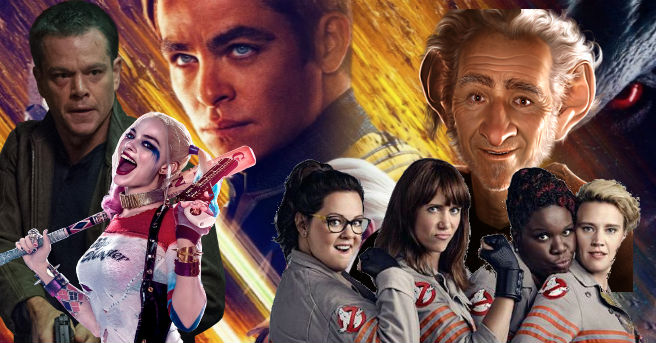
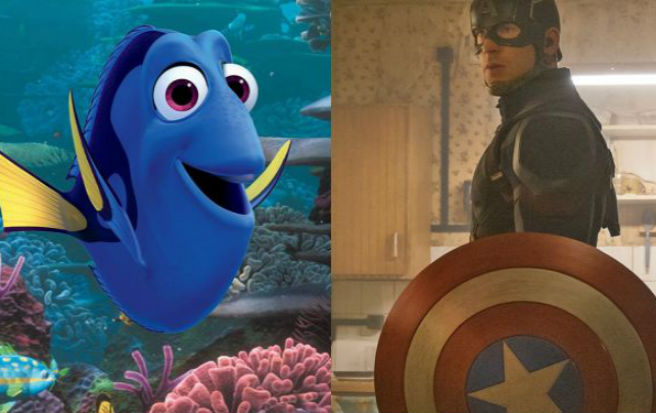
#1 – More original content
As I said before, this summer was dominated by sequels and remakes. You have to go back at least 5 years for a summer season that had more than 10 of the top 20 films that were not sequels or remakes. Each year, these movies are making less and less money because audiences are getting tired of seeing the same thing again and again. Marvel Studios has gotten the formula down by ensuring they get the top talent involved for each of their movies but that also are maintaining a half dozen franchises instead of one over and over again. Movies need to show us something we have never seen before but they keep rehashing what worked last year. Audiences know what they want and it is stories that stand apart and until we get what we want, studios are going to keep scratching their heads when the finished product doesn’t stand up to the potential they saw in it.
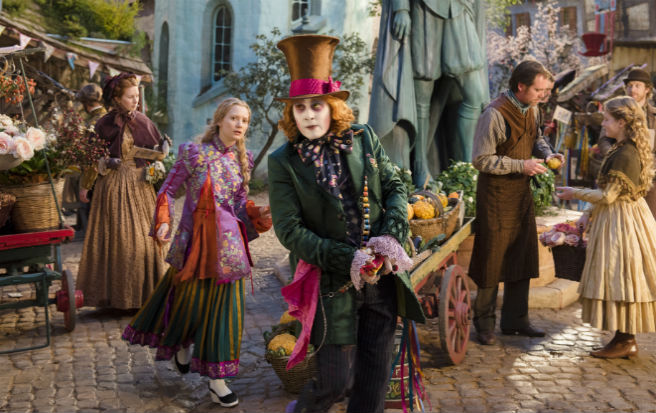
#2 – Stop locking in release dates
Studios are so concerned about competition, they are reserving slots for movies years in advance. I understand that everyone wants to unveil their film during holiday weekends and prime summer real estate is limited, but the moment you lock in a movie to a specific date, you have started a countdown. That means that the filmmaker is handcuffed in regards to shooting schedules and post-production that could hamper the final product. STAR TREK BEYOND ended up being a really good movie, but Paramount was so determined for it to come out in celebration of the franchise’s 50th anniversary, it almost ended up like SPECTRE: a film that felt like a product rather than a movie.
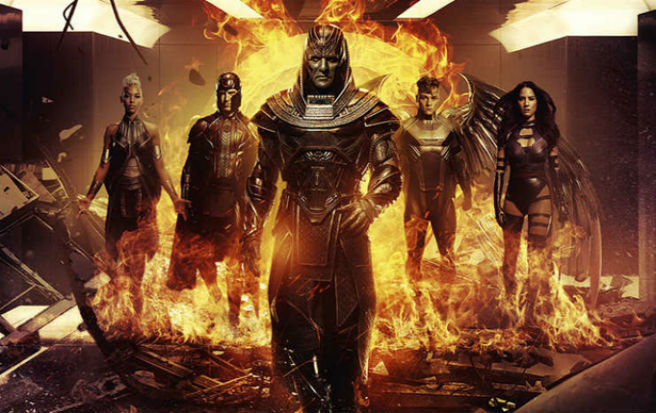
#3 – Less sequels and remakes
Of the top 20 films this summer, only 5 were original ideas not based on an existing property. That means everything else was either a sequel or a remake. Reboots may have finally seen the end of their viability as movies since we are all getting very tired of the same thing over and over again. I am not opposed to sequels or remakes because when they are done well (FINDING DORY and CAPTAIN AMERICA: CIVIL WAR), they can be very good. But for every movie that is good, you have films like ALICE THROUGH THE LOOKING GLASS and X-MEN: APOCALYPSE that just don’t work.

#4 – More practical effects
So many special effects this summer were CGI that it started to feel like every movie was being filmed in front of a green screen. STAR WARS: THE FORCE AWAKENS proved that practical effects can make a movie feel more realistic and that pulls viewers in more than spaceships and ghosts that look like cartoons. While practical effects may be less cost effective, they do result in movies that stand up better to repeated viewings. There are only so many times you can watch cities destroyed on screen before everything looks exactly the same.
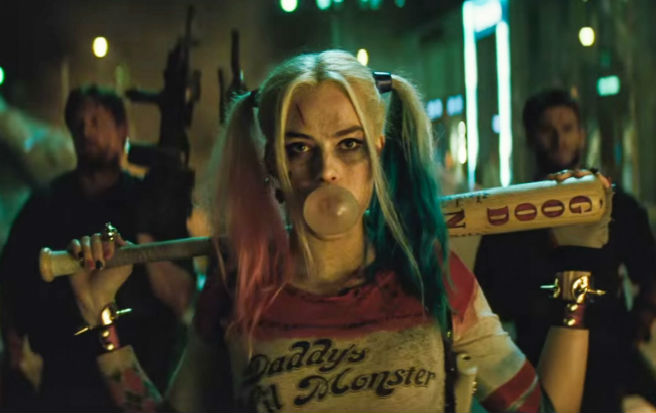
#5 – Less revealing trailers
When the trailers for SUICIDE SQUAD debuted, everyone was convinced the movie was going to be too big to fail. Then, we heard rumors that all of the excitement was as a result of a cleverly edited trailer. Where was the Joker? What happened to all of those scenes? Studies keeps showing that audiences want to see more spoilers in their trailers but I refuse to believe it. Teasers are the best way to get audiences salivating for a movie (see 10 CLOVERFIELD LANE as a brilliant example) and they don’t have to give everything away. Teasing us is better than giving us the plot for free.
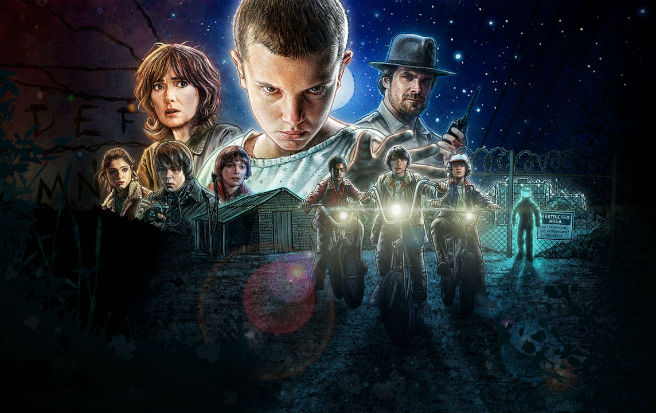
#6 – More throwbacks
One of the biggest hits of the summer didn’t even debut on the big screen. Netflix’s Stranger Things became a phenomenon thanks to a mix of 1980s films like POLTERGEIST, STARMAN, and E.T. What Stranger Things proved is that there is still a large fan base for stories that mix adventure and chills without being a massive tentpole feature. We need more movies like SUPER 8 and THE GOONIES which can appeal to all ages. The problem is studios don’t seem to be willing to risk their money on untested products. If they did, they may be surprised what they find.

#7 – More diverse genres
This summer saw quite a few action movies released, but the number of comedies was lacking. What movies like SAUSAGE PARTY proved is that adults will go see movies that are made especially for them. Animated films typically dominate the market but are aimed at kids. Why not make more cartoons for adults? Or action films for kids? How about scary movies appropriate for all audiences? Instead of stereotyping audiences, studios should be giving us more diverse types of films so that every weekend at the movies doesn’t feel like the weekend before.
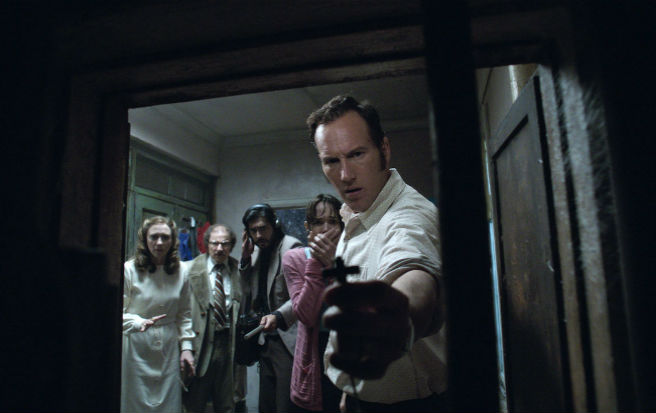
#8 – More counter-programming
Every weekend in the summer, there are big movies debuting. But, often there is one massive movie and another one or two medium size features. Studios are afraid to lose money by putting their movies against one another. So, why not give us a comedy or horror option opposite a superhero spectacle. Or, if a family movie debuts, why not give the adults something to watch. And vice versa. The key is not to release two comic book movies on the same day, but give audiences something worthwhile to check out. Some may even go in for a double feature.

#9 – Better events
When the original INDEPENDENCE DAY was released in 1996, it was a spectacle. Summer movie season used to be all about massive event blockbusters like ARMAGEDDON and STAR WARS, but now the films are all very formulaic and similar. We need more movies like MAD MAX FURY ROAD and GLADIATOR, movies that still follow the Hollywood recipe but use more unique ingredients.
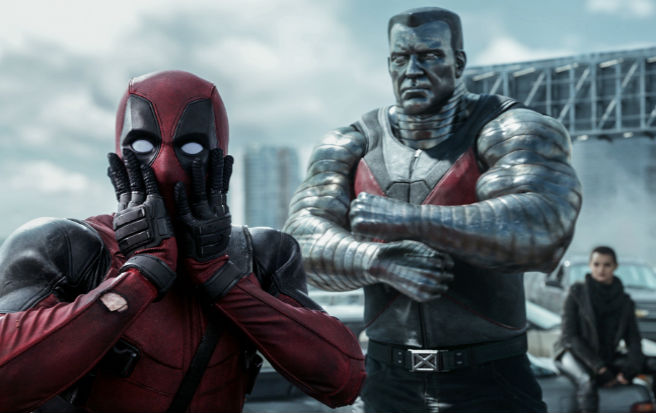
#10 – More PG and R, less PG-13
Looking at the summer movie season, 12 films were rated PG-13 while 4 were PG and another 4 were rated R. Of the top ten films, only two carried ratings other than PG-13. The problem is that those films intended for audiences around 13 are more often than not pushing the boundaries of the rating but are sacrificing something to try to appeal to larger audiences. If DEADPOOL proved anything, there is a market for movies that kids should not see. So, why not go for broke and deliver better mature films rather than watered down products to appeal to wider audiences?












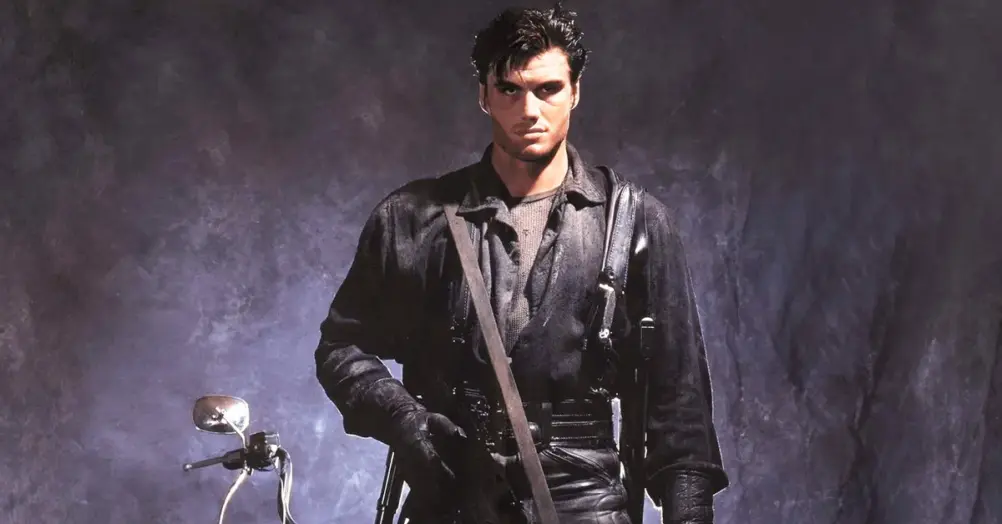




Follow the JOBLO MOVIE NETWORK
Follow us on YOUTUBE
Follow ARROW IN THE HEAD
Follow AITH on YOUTUBE